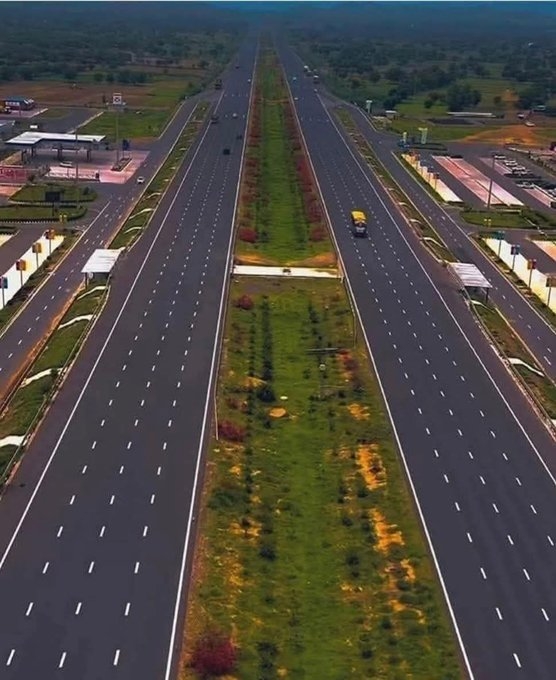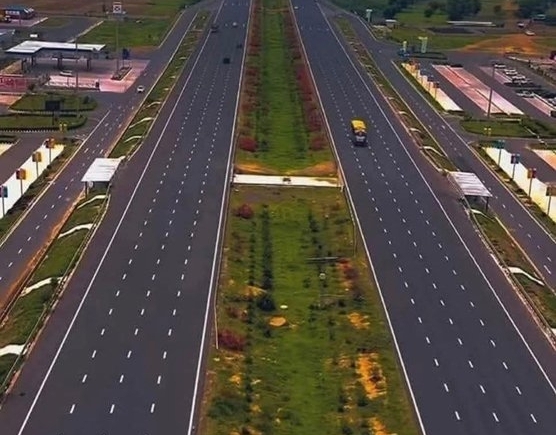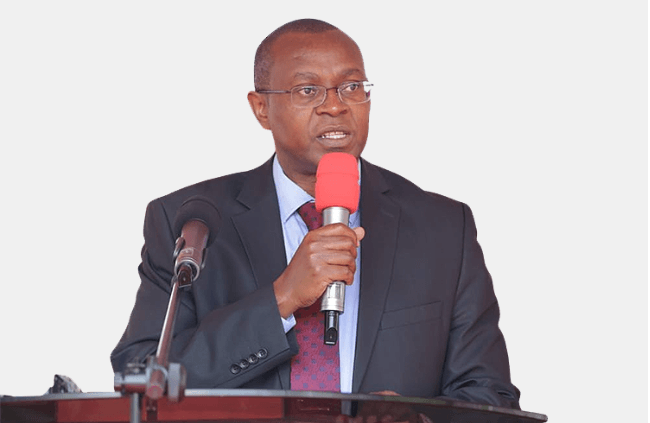Kenya Association of manufacturers has warned that increasing tax burden on will slow down economic recovery rather than increase government revenue.
The manufacturing lobby says the government should instead focus more on cutting budget deficits and debt accumulation, as this will yield better and more sustainable outcomes.
KAM chief executive officer Anthony Mwangi said rising inflation and the unending weakening of the shilling is a manifestation of an underlying structural problem that should be addressed.
Speaking at the release of the 2023 Manufacturing Priority Agenda (MPA) the CEO said adoption of an economic model anchored on industrialisation would be the right step.
The MPA is an annual publication that guides the Association's advocacy efforts geared towards manufacturing sector competitiveness.
“The government is challenging us to provide over one million jobs and we are saying let’s take it slow," he said.
He said Kenya requires rapid industrialisation, which involves a substantial shift of capital and labour into industrial activity, and a rapid increase in the share of industrial value added to GDP during the development process.
Mwangi added that the Kenyan economy is highly vulnerable to external shocks transmitted domestically through interest and exchange rates.
This coming at a time that the Kenyan shilling hit a new all-time low against the dollar to trade at Sh126-per-dollar mark, setting up consumers to costly imported goods and power bills.
The government has been betting on increased tax revenue through administrative measures to reduce the budget deficit.
The association's head of policy and advocacy Job Wanjohi says the proposal to increase corporate and excise tax will burden manufacturers.
He said if the manufacturing sector is to attain its vision of growing GDP contribution to 20 percent of GDP by 2030 then it must create 1 million jobs and enhance value added output from the current $8.5 billion (Sh1.1 trillion) to $50 billion (Sh6.4 trillion) within the same time period.
“This creates the need to wean the country from fickle external capital inflows and commodity booms which increases vulnerability to shocks and crises,” said Wanjohi.
In 2023-2025, KAM seeks to influence policy towards 20by30 strategy that aims at increasing the contribution of the manufacturing sector to the GDP for the current 7.2 percent to 20 percent by 2030.
This year’s MPA is guided by 5 pillars- Global competitiveness, Export-led growth, industrialised agriculture and SME development.
"The stock of public debt is a major area of concern to manufacturers. Rising stock of public debt has been driven by fiscal deficit which stood at 5.8 percent in the financial year 2022/23 and should progressively reduce to 3 percent as per the EAC monetary union protocol," said Wanjohi.












